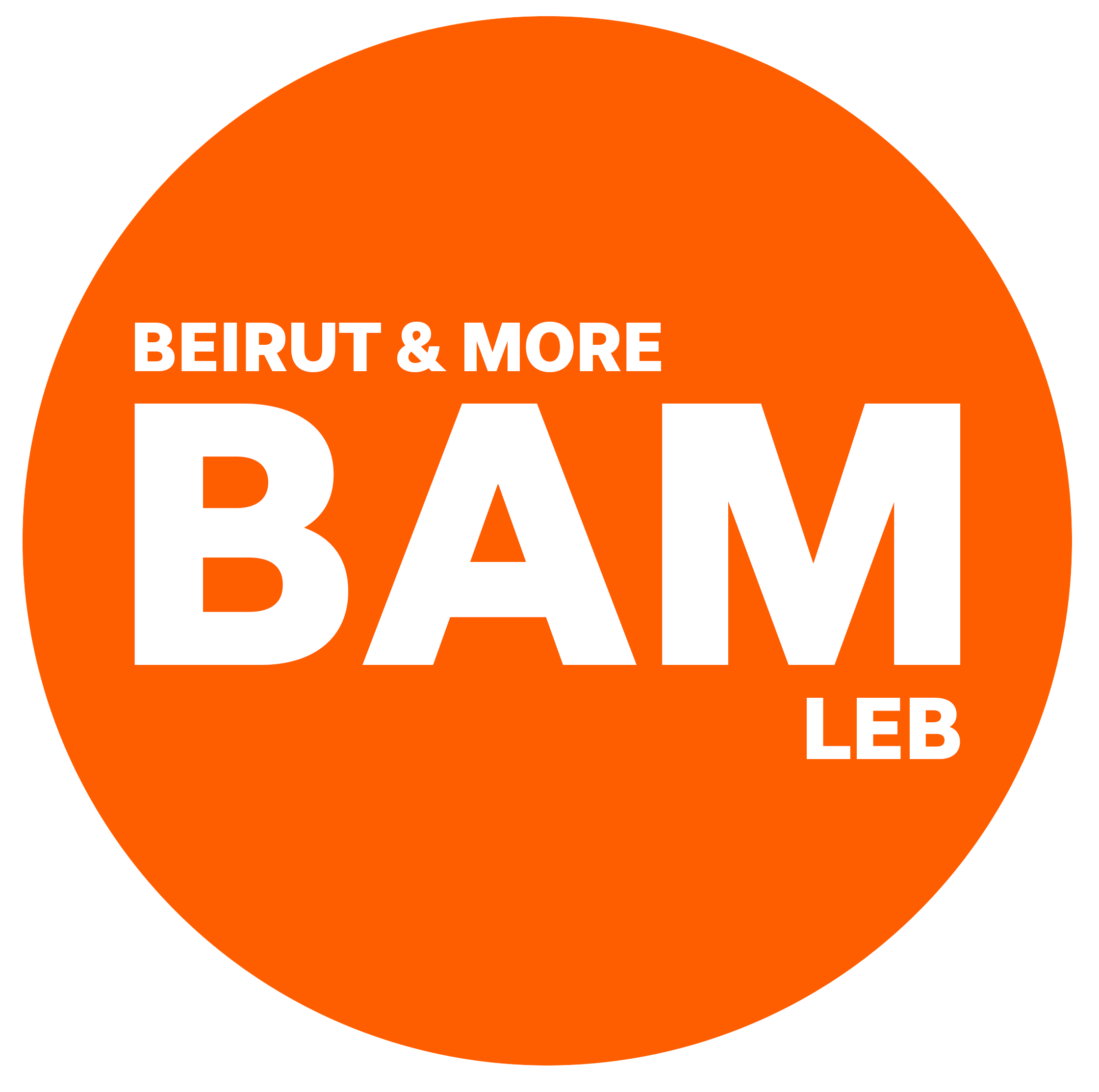- ART & CULTURE
- art museum
- cultural events
Rachana, Batroun district
In an effort to show how the power of aesthetic appreciation can be used toachieve strength. In 1997, UNESCO dubbed Rachana a "Global Village of Outdoor Sculpture." The village’s population of sculptures increased over time as Anachar's works joined those of his father and uncles; Anachar felt compelled to develop a new space because the ones that were already there were completely full. He had bought a piece of land in front of his house in Rachana that faced the ocean and featured two components that were typical of the villages in his region: first, a flat area known as a "baydar," which translates to "threshing floor" in Arabic, is a particularly windy part of town.At the time of the harvest, the wheat seeds and the oats were separated at this specific location, which had been chosen with great care. The second structure is called the "rejmeh,". It is a huge mound that was made by stacking small stones by the villagers.The decision to build MAB “Mohtaraf Anachar Basbous” in his land was made rather quickly; Anachar and the architect, Jawdat Arnouk, came up with the idea of constructing a raw concrete monolith that would be embedded into the ground on its eastern side and would protrude cantilever-like towards the sea on its western side.
Within this building, there are three distinct sections; the roof, which was built toresemble the village road, is easily accessible from the east side. The large sculptures can be found in the room that has bay windows facing both the north and the west. From that vantage point, both the garden and the “rejmeh” can be seen.A smaller room that is located beneath the main hall houses sculptures that range in size and are on display for visitors to view. The entrance to the outside world is made accessible by a sizable glass door. This level can be reached by climbing a flight of stairs made of exposed concrete that lead to the rooftop garden.In order to create his "Land Art," Anachar sculpted the "rejmeh" in order to experiment with the forms, hues, sizes, and textures of the stones in order to create platforms for displays and, in some instances, to preserve a portion of an old wall. The "baydar" was carved out of the crown of the "rejmeh", a space whose shape was preserved due to its ideal positioning and size. As a result of the fact that both generations have something unique to contribute to the conversation, there will now be a continuous sharing of thoughts between the two.
Opening hours
Booking only

